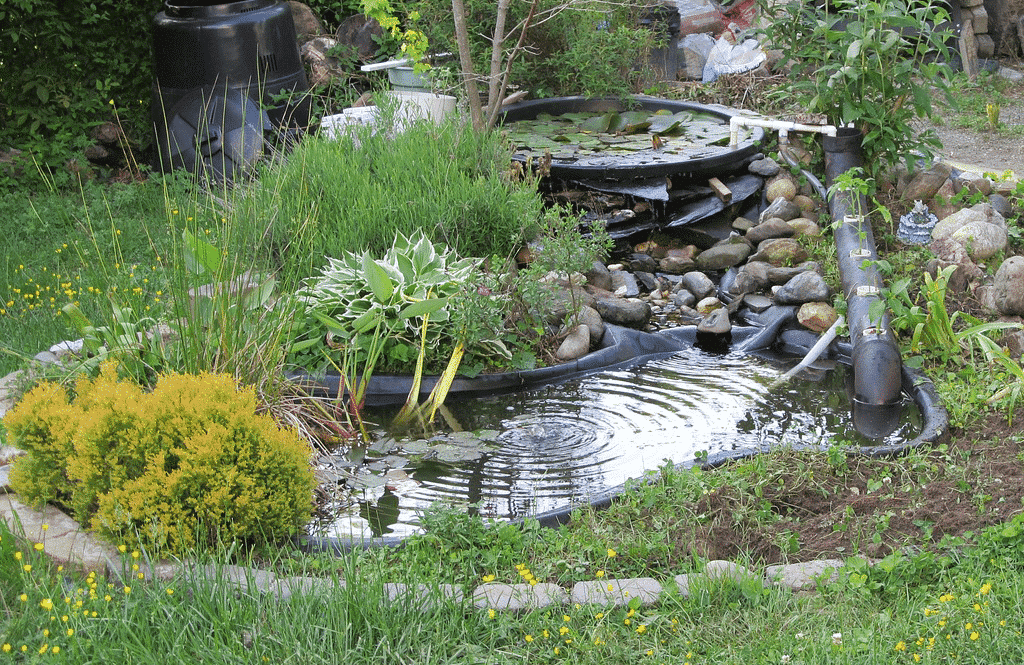Aquatic Supplies
Live Fish, Aquatic Plants and All You Need for a Healthy Pond

The Economical Goldfish
Goldfish come in all kinds of colors besides traditional gold, from bright red to white to even black or pale blue. They seldom grow longer than 8 inches in length, making them a great choice for small ponds, and for those who want to keep a smaller fish because they can have more of them. Most varieties tolerate a range of water conditions and can live 5 to 10 years under the right conditions.
We get different varieties, so if you’re looking for some, we’ll always have a surprise selection! Sometimes we even get sharks and snails!
Koi
Koi are known for their eye-catching colors, which can be a mix of many, and none are exactly the same. These fish can live 20 to 30 years, and usually survive cold temperatures in properly winterized ponds. They’re a great size for most backyard ponds, with most domestic koi growing to about 12 to 15 inches in length, and they overall get along well with other fish.
We always have some bigger koi in stock, and if you just want to start, smaller fish are available too.
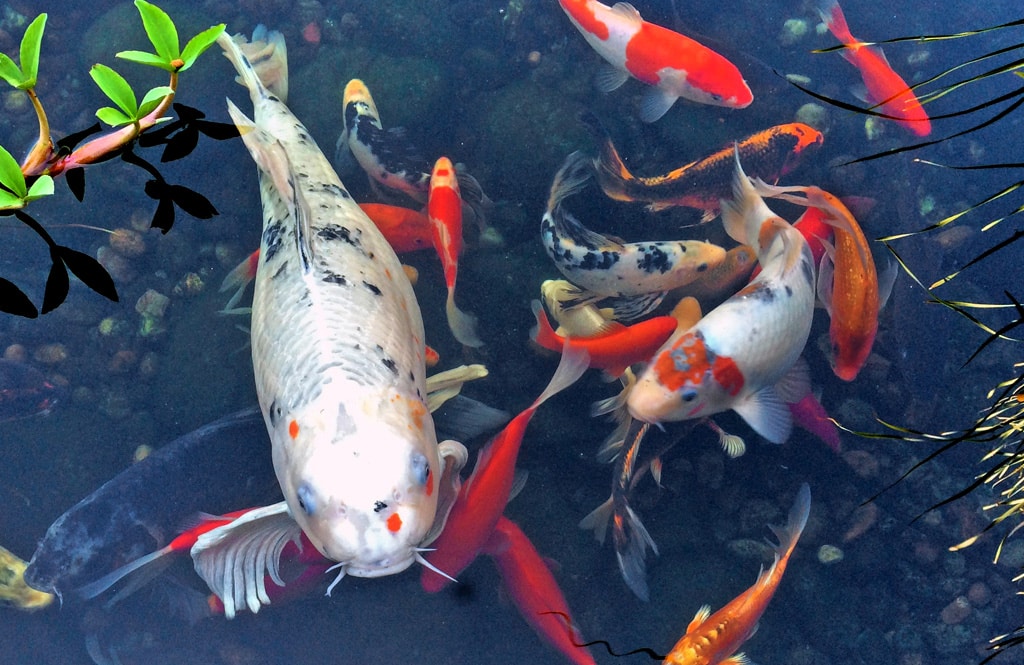
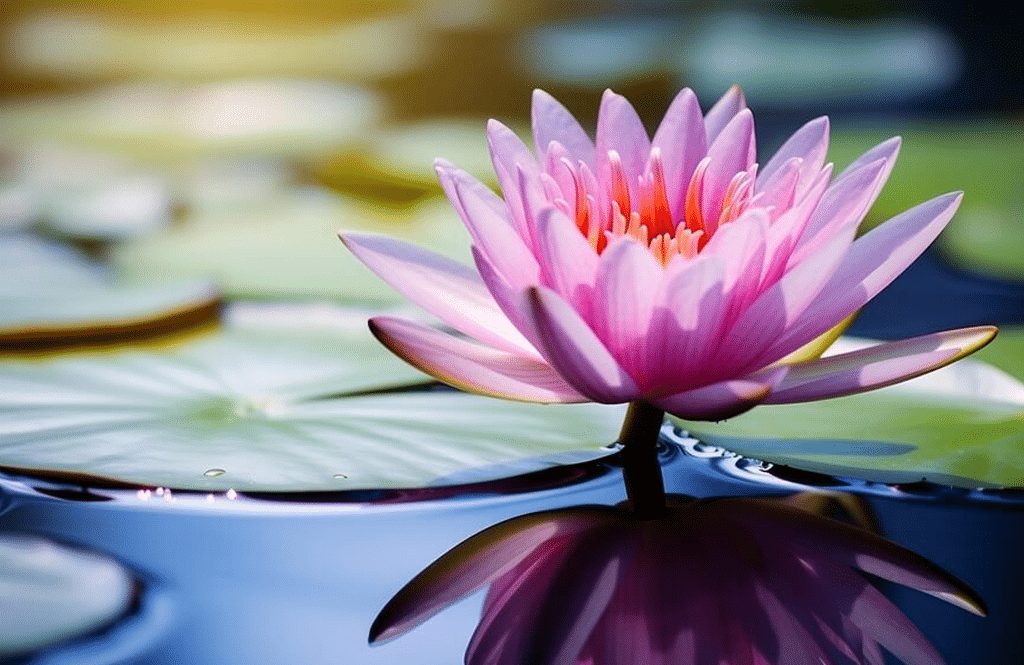
The Other Life in the Pond
When choosing plants for your pond, you can consider things like the size of the pond, the amount of sunlight, and the water’s depth. Plants can also help with the ecosystem by providing shade and shelter for aquatic life, and by purifying the water. Here are some plants that can grow in ponds:
- Water Lettuce and Hyacinth
- Hardy and Tropical Water Lilies
- Iris
- Bog Plants
- Grasses and Rushes
- And Many More!
Algae Control
Removing algae from your pond without harming fish is achievable through a combination of non-harmful algae removal methods and fish-friendly techniques. By implementing manual removal techniques, mechanical filtration, beneficial pond additives, and incorporating algae-eating fish and aquatic plants, you can effectively control algae growth. Monitor water quality, adjust nutrient levels, practice proper fish feeding, and follow a consistent maintenance routine.
If you need assistance with pond maintenance or algae removal, we’re available to help.
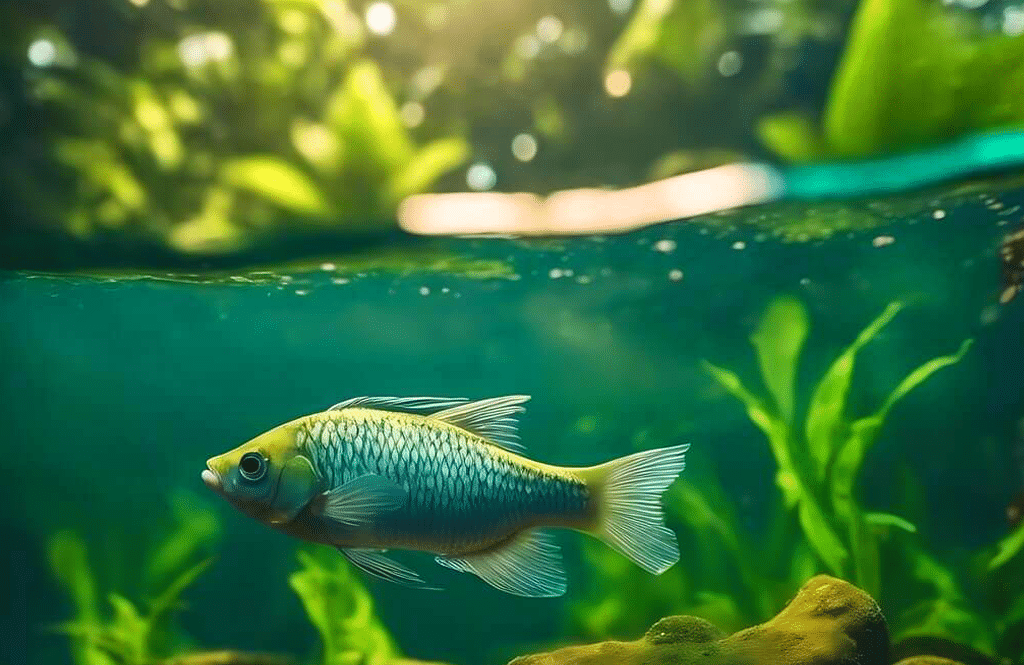
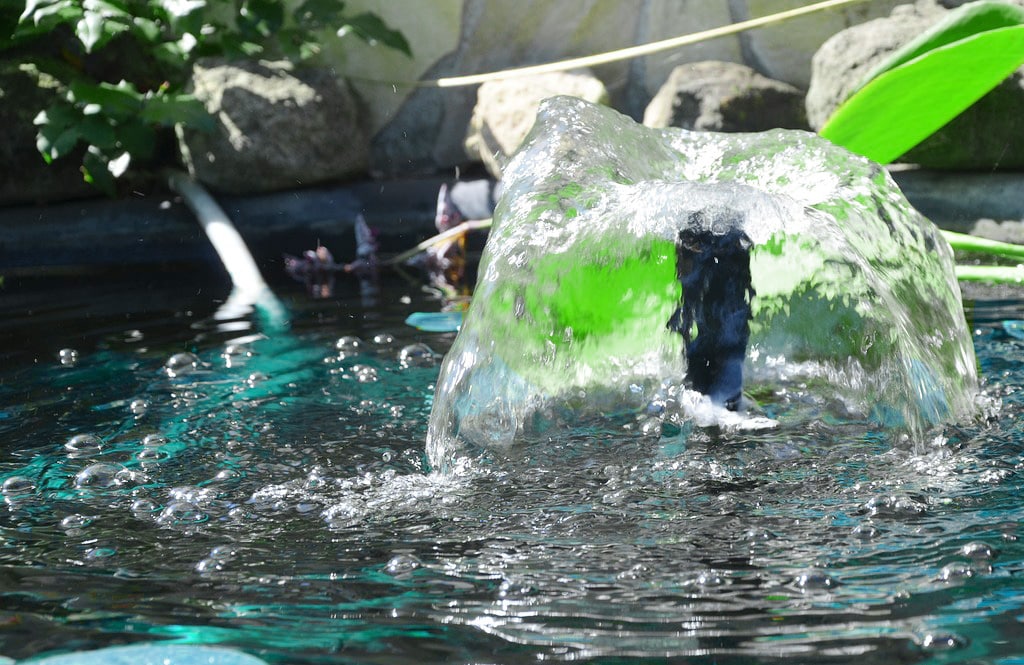
Moving Water’s Tranquility
Most gardens are infused with beautiful sights and floral fragrance, but nothing beats a garden that adds the sounds of flowing water. Beaver Bark carries bubblers, pumps for waterfalls, and fountains from small to large and we can help make it happen for you.
Seasonal Care of Your Pond
In Spring, your sleeping pond will be ready to awaken sooner than you think. Help your pond or water garden make a healthy transition with these tips:
Plan pond improvements. Is this the year to add a fountain? Or a waterfall? Or perhaps install a new, energy-efficient water pump? We’ll offer great ideas as well as quality pond products for you.
Take inventory. Was there something you wish you had last year to make pond maintenance easier? Are there new products you want to try or something you’ve been meaning to get? Stock up on essentials before you need them so damage to the pond is minimal. Be prepared with pond water conditioners. Ask about the brands we carry.
Check Plumbing & Electrical. Go over your filtration system to see if everything is working. Look for damage and test the GFCI outlet. Replace everything that isn’t working correctly. This will ensure proper filter operation once the water temperature is warm enough (above 45°F), to start your filtration system.
Winterizing
